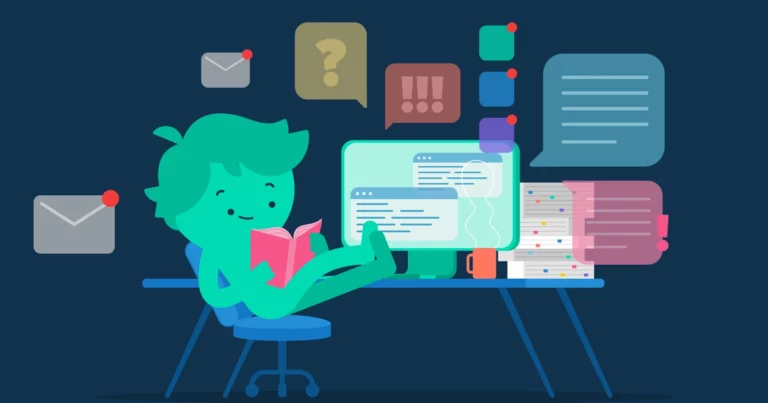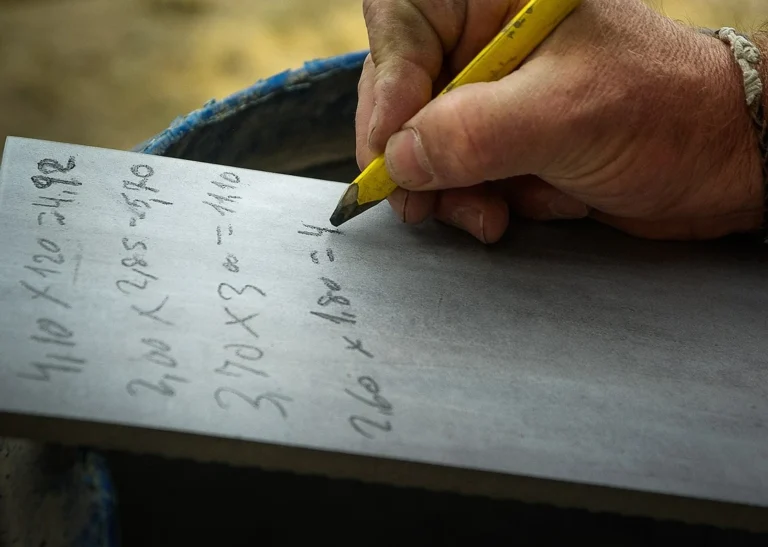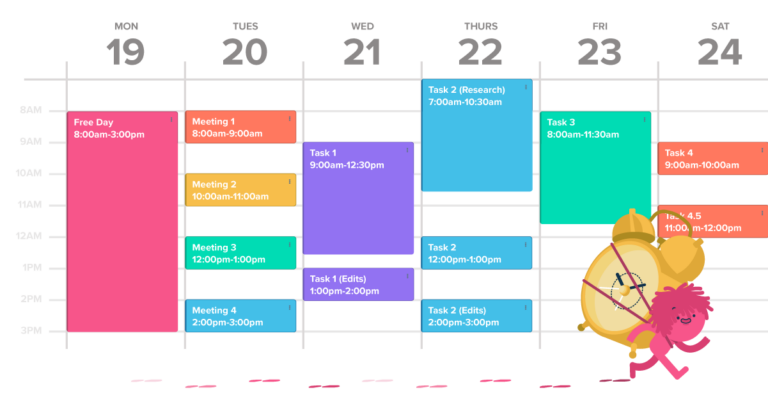What are Mnemotechnics? Definition and Use
Mnemotechnics, mnemonics, or simply memory aids (much easier to pronounce, right?!), are words, phrases, or systems you develop to help you remember something. For example, the ‘I before e except after c’ is one of those well-known phrases to help you remember a rule of thumb for spelling (wEIrd how it’s not consistent, right?). You can develop your own mnemonics and use them according to your needs.
We talked about how brains are kind of like muscles – they can be trained. For example, by reading a lot, not only do you learn tons of new things, but you also expand your vocabulary. It’s the same with studying. Once you develop a good study routine, the whole act of studying becomes easier too.
Still, this doesn’t mean you cannot cut memory corners with some special tricks! Memory improvement techniques are an efficient and effective way to store and retain information, and many of them have been proven to work by numerous studies and experiments.
Memory Techniques for Studying – How Do I Prepare for Them?
Sadly, mnemotechnics cannot magically solve all your problems. In order to make the most out of memory tricks, you have to train your brain to be ready for memorising them.
You will do so by:
- Studying regularly. Plan your regular study times and do not procrastinate so that you can build a disciplined habit that’ll get you through times when your motivation fails to show up.
- Studying with understanding. Simple memorisation is a laborious affair and it’s not worth its short-term results. In order to remember things better, you need to understand what you’re studying. If you find yourself struggling, check out our excellent explanations for every subject!
Now that we’ve got your bases covered, let’s jump into the nitty-gritty of mnemotechnics.
Where are Those Mnemonic Techniques for studying?
There are several strategies of memory recall that are all about condensing lots of information and being able to bring them back by a simple utterance or motion. Some of the most popular include:
- Chunking. Your brain loves categories. It’s easier to recall a sequence of numbers if you chunk them into groups, like: 116 554 2379 rather than 1165542379. When chunking, you can try grouping items according to how they sound together (e.g. in threes or fours) and rhythmical patterns (we-will-we-will-rock-you does wonders, honestly).
- Acronyms. An acronym is a word in which each letter stands for another word. For example, QUAN stands for: read the entire Question, Underline keywords, Answer the question, Note the example (every student needs to be reminded of this in an exam). Better yet, KISS your answer (Keep It Simple Sister). You can create your own acronyms, and they do not need to be actual words – only memorable to you.
- Mnemonics. You can create whole silly sentences where each first letter will stand for a term or a concept you’re trying to remember. Check this out: ‘A Big Secret Conceals Her Past’, and it also conceals capital letters of the last names of Henry VIII’s wives: Catherine of Aragon, Anne Boleyn, Jane Seymour, Anne of Cleves, Catherine Howard, and Catherine Parr.
Thanks to the Horrible Histories, we also have an earworm, ‘divorced, beheaded and died; divorced, beheaded, survived’, to tell us what exactly happened to them and in which order. My favourite one for learning sin, cos, and tan in high school was: Some Old Hens, Cackle And Howl, Till Old Age (Sin = opposite over hypotenuse, Cos = adjacent over hypotenuse, and tan = opposite over adjacent).
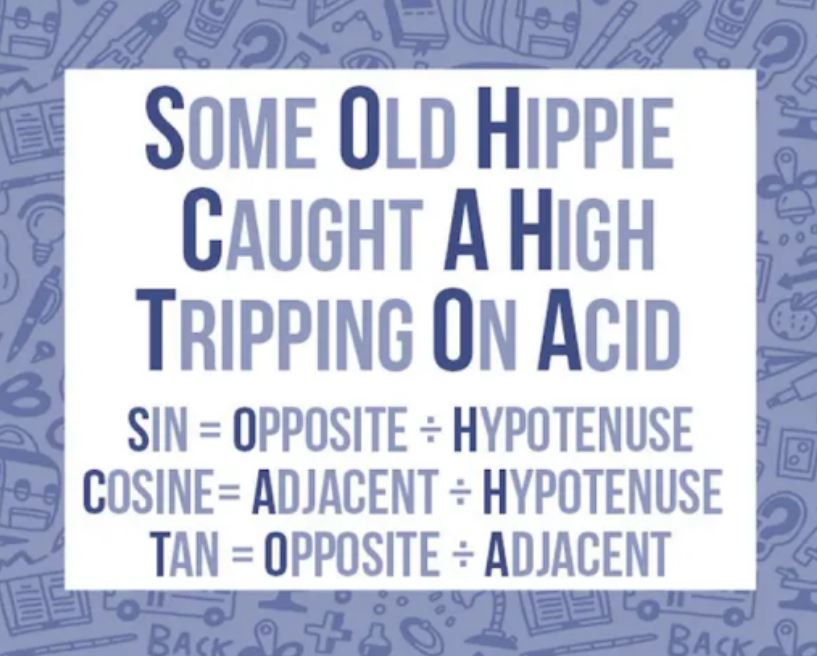
To be honest, I prefer to remember my version with the old hens, but if this works for you, go for it!
Diving a Little Deeper with Mnemotechnics
Now that we’ve briefly introduced mnemonics and memory visualisation techniques, let’s dive a little deeper into how it works.
Mnemotechnics (the application of mnemonic principles) is an ancient learning technique based on visualisation (even the philosopher Cicero used it to memorise his speeches). When it comes to this memory technique, there are two scientific facts that are the cornerstones of mnemotechnics:
- The links between neurons that are responsible for the same senses are formed much faster than those between neurons of different senses. In other words, it is generally easier to memorise two connected images than an image and a word.
- Ninety percent of the information we humans obtain comes from what we see, so we have this astronomical library of images in our head (way, way larger than what Google images has!). We most probably use them indirectly in the background while talking. For competitive memorisers, they make use of this shortcut immediately!
So, as you can see, mnemotechnics can come in handy for those who have to retain a lot of information (aka students!). So, how can you create mnemonics? You know I love good questions, so I’m glad you asked!
How to Create a Mnemonic
Here are some easy steps to follow:
- Select a pair of interconnected ideas or concepts you want to learn.
- Come up with visual images that you can strongly associate these ideas with (the more ridiculous or funnier the images are, the better!).
- Physically connect these images in your imagination (or imagine how they interact; this way, you end up with a cartoon).
- Repeat the sequence several times until the association is firmly formed.
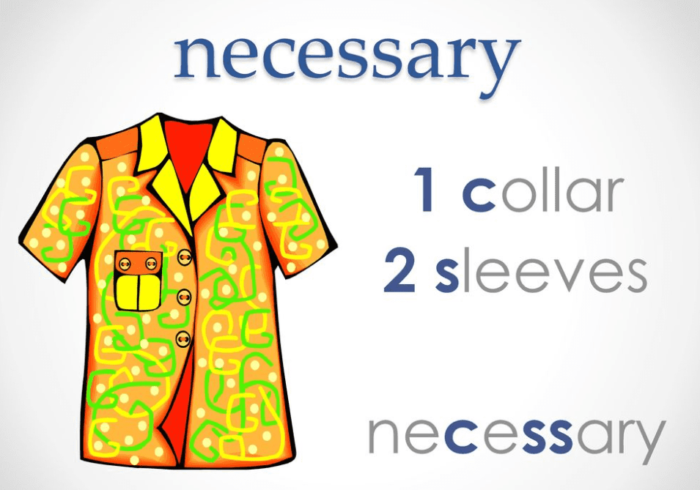
Why Two Images Then?
It is a widely known rule that a human brain can only keep about seven things in focus at a time. In mnemotechnics, we want to trick this constraint by only connecting two images on our imaginary screen. We then swipe right to see the next two (kind of like a dating app, amiright?!). You can think of it as moving along a metal chain, always keeping only two links in sight.
But What About Numbers?
OK, so by now, you might be thinking: What image could I possibly come up with for a number? If you’ve happened to read some low-quality articles on mnemotechnics before, you might have come across suggestions like 5 resembles a snake, and if it is 55, then imagine a snake and a whip. But what if there are six number fives at random places in a mobile phone number, for example. What then?
A rule of thumb in mnemotechnics is to re-use images for notions that appear frequently. And because numbers appear all the time, there is an alphabet of images for them. You just need to learn 99 images, each representing a double-digit, and voila, you are fully equipped to remember years of historical events, the melting temperature of aluminium, and your crush’s phone number, of course.
By the way, we’ve collected those image numbers and put them together in a predefined set of flashcards (which is also a good memory technique!) on our learning platform. Sign up for free to gain access!
A Few More Examples of Mnemotechnics
Check out these common memorising techniques:
- Keyword mnemonic. Mnemotechnics do not always need to be specific acronyms or even just one word/phrase. They can also be used as miniature mental mind maps. First, you need to memorise THE keyword (concept, idea, theory), and form several sub-branches of association. Each sub-branch becomes its own keyword, with specific details added to it.
- Rhyming. Nothing helps you remember formulas and theories better than turning them into a catchy tune. Check out this simple Metric System Rap to make memorising cool! You can create your own singalongs to any tune you like, just change the lyrics to fit the subject.
- Chaining. This is a storytelling system that creates links between various facts and details in a way that they tell a story when put together. For example, nobody likes spelling ACCOMMODATION – so many Cs and Ms and what’s up with that single D. What’s up is that it’s actually a strange family with two Mummies, two Children, and one Daddy (the poor sod).
Mnemonic Sentence Examples
And just so that you wouldn’t accuse us of giving you only few examples of mnemonic sentences, here comes an avalanche!
- Elephants And Donkeys Grow Big Ears – EADGBE – voila, guitar strings in order!
- Rhythm Helps Your Two Hips Move. – RHYTHM, goddamn its spelling.
- My Very Excited Mother Just Served Us Nine Pies. – Planets in order – Mercury, Venus, Earth, Mars, Jupiter, Saturn, Uran, Neptune, Pluto (and yes, Pluto is a planet, deal with it).
- Large elephants jump slowly and die rapidly. – The seven Articles of the US Constitution (Legislative Branch, Executive Branch, Judicial Branch, the States, Amendments, Debts (Supremacy and Oaths), and Ratification).
- May I have a large container of coffee? – The value of Pi is hiding in the number of letters each word has: 3.1415927.
- Big Gorillas Eat Hotdogs, Not Cold Pizza. – The seven countries of Central Latin America: Belize, Guatemala, El Salvador, Honduras, Nicaragua, Costa Rica, and Panama.
As you can see, you can use mnemotechnics to learn any subject and remember just about anything. Get creative while studying, and see the wonders of associative memorisation!
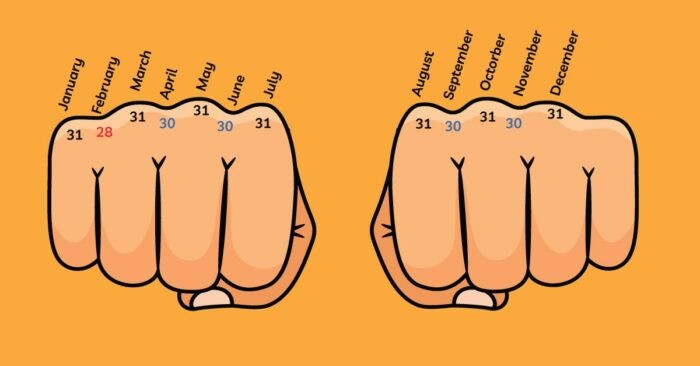
You must remember this one from when you were a kid. Learning through play is also a great way to remember things.
Now Reap the Benefits of Mnemotechnics!
To wrap up this little section, here are the benefits of using mnemotechnics and why you should put some effort into making up some strange pictures in your head:
- Memorising images is easy and natural – you will be impressed when you discover that you are capable of retaining your whole grocery list on the first try (if done correctly).
- Revising images is much faster. Plus, you won’t need to check your notes again and again because images don’t disappear that easily.
- Revision requires less effort because what you are doing is skimming comics or cartoons.
- You will feel more confident before the exam because you know that the images are always there and you can control them!
The Quick Rundown + Mnemotechnics: The Art of Memory
Just to make sure you remember the details of mnemotechnics, here are the crucial facts:
- mnemonics are useful tools for remembering a lot of information
- they function on the principle of associative recall
- when you attach meanings to specific words or letters, you form associations that are easy to remember
- mnemonics can be anything – from funny phrases to short stories
Don’t forget that mnemotechnics are only a part of study success. In order to make the most of them, you should put effort into studying regularly to improve your memory skills at a slow-and-steady rate and make the most of these lifehacks.
PS. To get some additional ideas about mnemonics, you can check out the book: Mnemonics: The Art and Science of Memory Techniques by M. A. Kohain.
Here’s to learning without forgetting! 🥂





